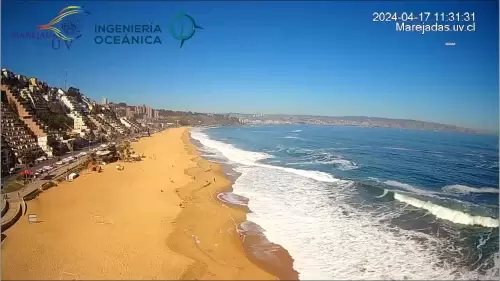
Live Webcam Playa Acapulco, Viña Del Mar, Chile
November 16, 2025
Watch this real time live webcam from Playa Acapulco in the resort beachfront city of Viña Del Mar, Chile.
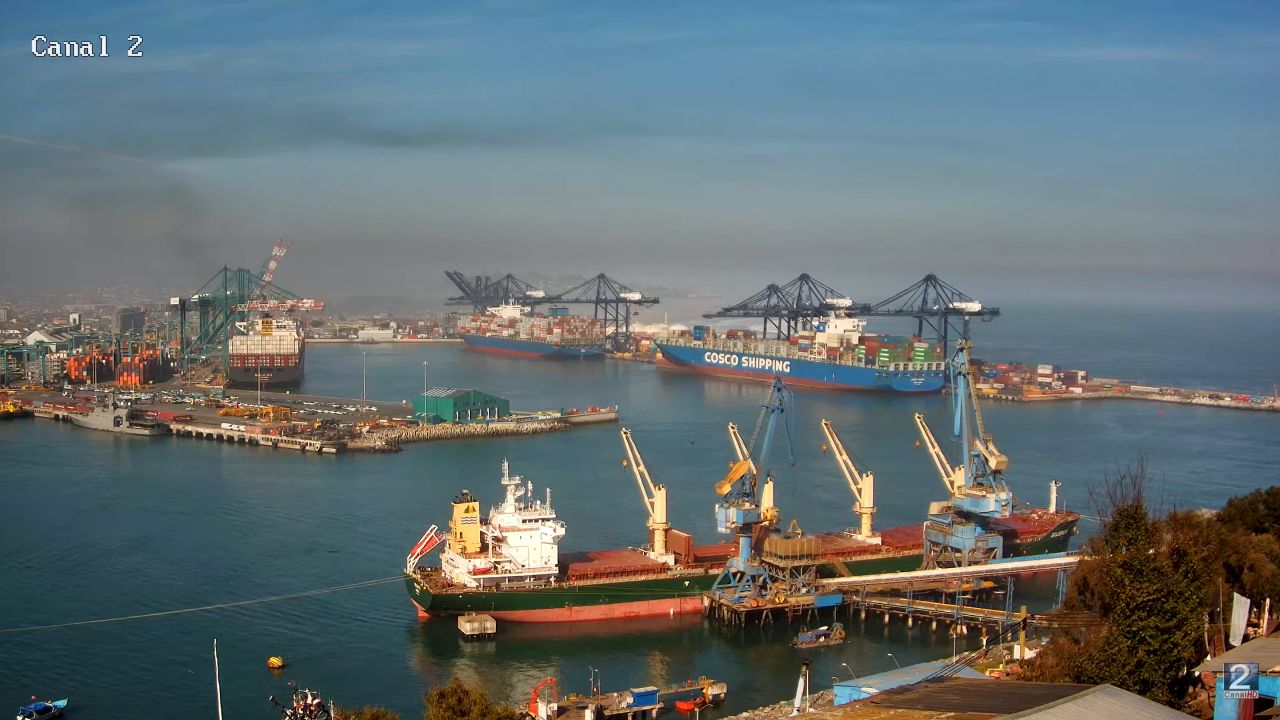
San Antonio, Chile Live Webcam – Port
March 11, 2025
The San Antonio Port live webcam in Chile offers viewers a real-time glimpse into one of the country’s most significant maritime hubs.
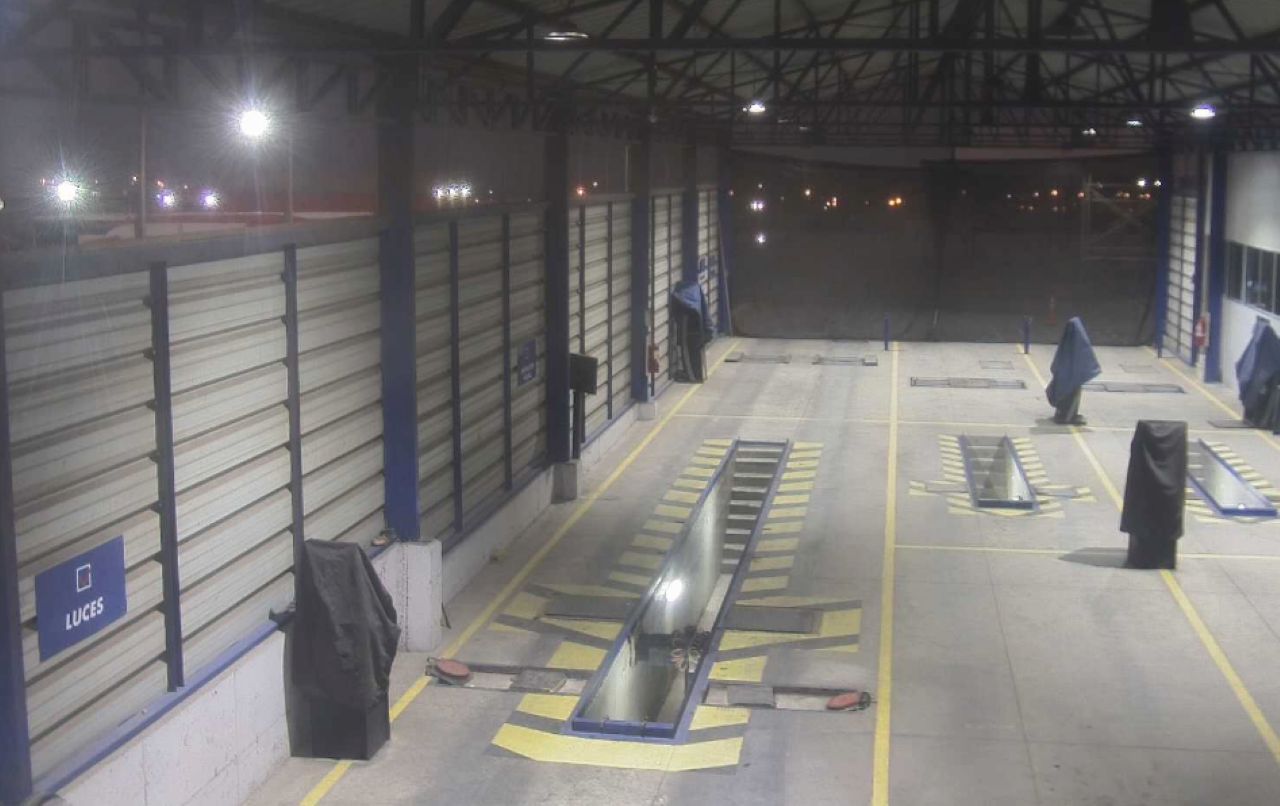
Planta de Revisión Técnica San Dámaso Cámara Web
August 26, 2022
Share on X (Twitter) Share on Facebook Share on Pinterest Share on Reddit Share on LinkedInPlanta de Revisión Técnica San Dámaso Cámara Web Get a look at this Planta de Revisión Técnica San Dámaso Cámara Web. This HD live stream takes you to the city of Antofagasta, Chile. You see inside of a bay where

Santiago, Chile Live Webcam
February 17, 2022
Watch this live streaming HD webcam of Santiago, Chile that pans around the entire city with a skyscraper view. Santiago is now a thriving metropolis
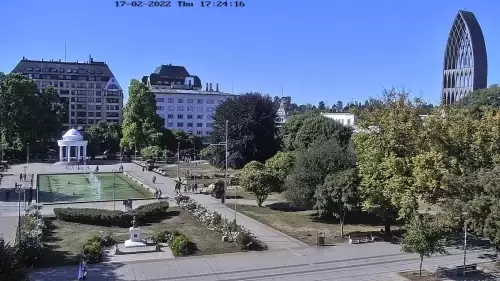
Live Webcam Plaza de Armas de Osorno – Los Lagos, Chile
February 17, 2022
This live streaming webcam provides a great vista of Plaza de Armas de Osorno, a popular City Park and tourist attraction in Los Lagos, Chile. On the backside of the plaza is the Río Collileufu river connected to the Calle-Calle River.
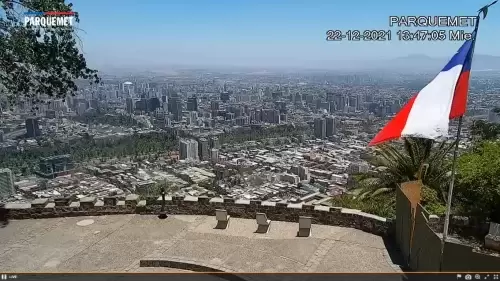
Live HD Video Webcam Santiago, Chile
November 23, 2020
Santiago is the capital and largest city of Chile as well as one of the largest cities in the Americas. Enjoy This Santiago City Live Stream Cam.
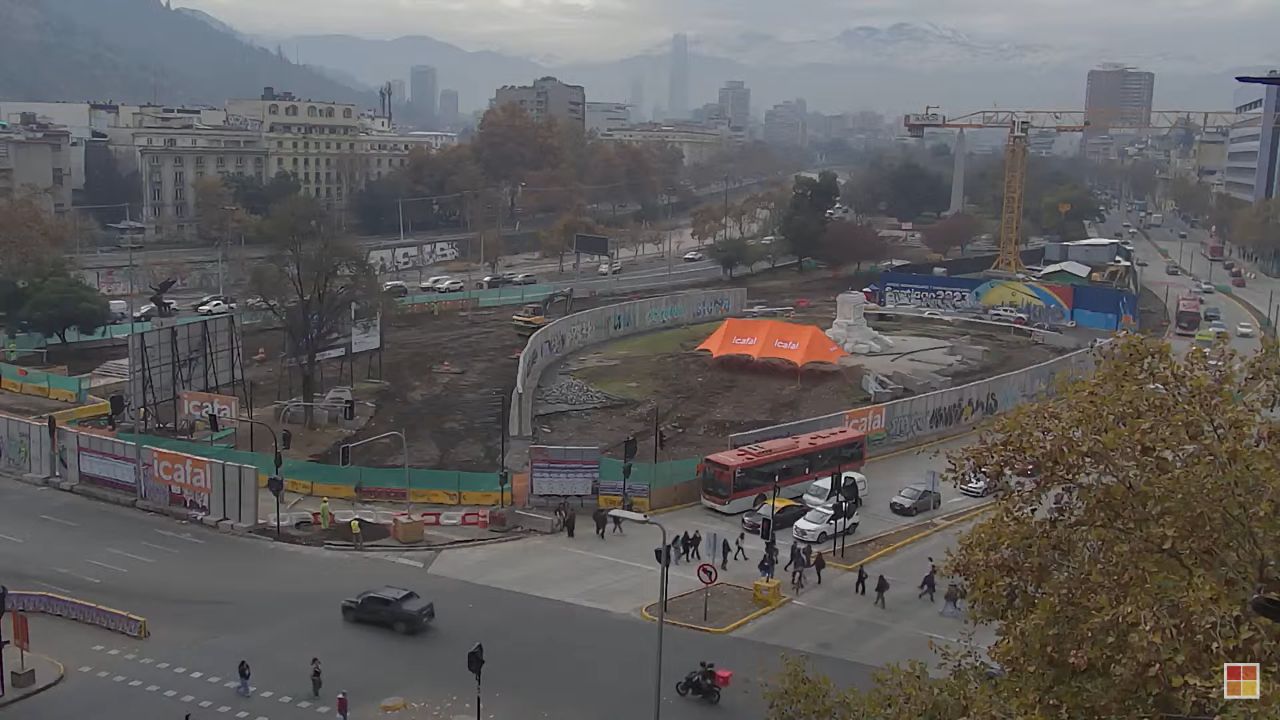
Plaza Baquedano Live Cam, Santiago – Chile
November 23, 2020
Plaza Baquedano is a major landmark in Santiago, Chile. It is located where formerly the Mapocho River used to fork.
Video Cams in southernmost country in USA
Enjoy the live webcams in the country of Chile. Chile attracts tourists for its culture and its unique landscapes. The northern part of the country is home to the driest desert in the world, Atacama. Central Chile is home to its capital city, Santiago, and is also known for its vineyards.
From its incredibly diverse landscapes, world-renowned wine & beer, to its amazing culture of art, history, famous Chileans, and food, Chile is known for having a little bit of everything.
Stretching over 4,300 kilometers from coast to coast, this is the longest country in the world. It’s no surprise it hides the most epic and unexpected treasures, from Atacama’s dry desert in the north to the Patagonian glaciers in the south. Experience a country unlike any other.
About
Chile is a long, narrow country located along the western edge of South America, bordered by the Pacific Ocean to the west and the Andes Mountains to the east.
Stretching over 4,300 kilometers from north to south, it boasts a diverse range of climates and landscapes, from the arid Atacama Desert in the north, known as one of the driest places on Earth, to the lush forests and fjords of Patagonia in the south.
This geographical variety contributes to Chile’s rich biodiversity and unique ecosystems, making it a fascinating destination for nature enthusiasts and researchers alike.
The cultural heritage of Chile is equally diverse, shaped by a blend of indigenous traditions and Spanish colonial influences. The country is home to various indigenous groups, including the Mapuche, Aymara, and Rapa Nui, each with their own distinct languages, customs, and histories.
Chilean culture is reflected in its vibrant arts scene, including literature, music, and visual arts, with notable figures such as Nobel laureate Pablo Neruda and contemporary artists gaining international recognition. The culinary landscape is also rich, featuring a mix of traditional dishes and modern gastronomy that highlights local ingredients, particularly seafood and wines.
Economically, Chile is one of the most stable and prosperous countries in South America, known for its strong mining sector, particularly copper production, which plays a crucial role in its economy. The country has also made significant strides in developing renewable energy sources, particularly solar and wind power, positioning itself as a leader in sustainable practices in the region.
Additionally, Chile’s commitment to free trade and open markets has fostered international partnerships, enhancing its global economic standing and attracting foreign investment.
Things To Do
From the stunning landscapes of Patagonia to the vibrant culture of Santiago, visitors can immerse themselves in the natural beauty and rich heritage of the country. Outdoor enthusiasts can explore the breathtaking Torres del Paine National Park, where hiking trails lead to majestic mountains, glaciers, and pristine lakes, while those seeking urban experiences can enjoy the bustling markets, art galleries, and culinary delights found in the capital city.
In addition to its natural wonders, Chile is renowned for its wine production, particularly in regions like the Maipo Valley and Colchagua Valley. Wine tours and tastings provide an opportunity to sample some of the finest wines in the world, accompanied by picturesque vineyard views. Furthermore, the coastal city of Valparaíso, with its colorful hillside homes and vibrant street art, offers a unique cultural experience, where visitors can explore its historic neighborhoods and enjoy fresh seafood at local restaurants.
For those interested in history and archaeology, the mysterious Moai statues of Easter Island present an intriguing journey into the past. This remote island, known as Rapa Nui, is home to these iconic stone figures, which are a testament to the island’s rich cultural heritage.
Climate
The country stretches over 4,300 kilometers from north to south, resulting in a wide range of climatic conditions. In the northern regions, particularly the Atacama Desert, one of the driest places on Earth, the climate is arid with minimal rainfall. As one moves southward, the climate transitions to a Mediterranean type, especially in central Chile, where summers are warm and dry, while winters are cooler and wetter. Further south, the climate shifts to a more temperate and oceanic type, with increased precipitation and cooler temperatures, particularly in the southern regions and the Patagonia area.
The Humboldt Current plays a significant role in this aspect, bringing cooler waters along the coast and affecting the weather patterns. This results in milder summers and winters compared to the interior regions. In contrast, the Andes Mountains create a rain shadow effect, leading to significant variations in precipitation levels. The western slopes of the Andes receive substantial rainfall, while the eastern slopes and the Atacama Desert remain extremely dry.
The summer months, from December to February, are typically warm and dry, making it an ideal time for tourism and outdoor activities. Conversely, the winter months, from June to August, bring cooler temperatures and increased rainfall, particularly in the central and southern regions. This seasonal shift is crucial for agriculture, as it dictates planting and harvesting times for various crops.
